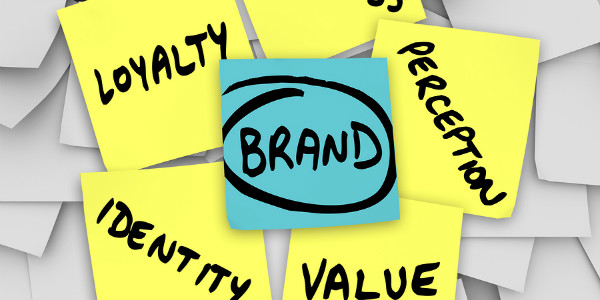SEG loyalty—where did it go?

As many credit unions look to boost membership and loan growth, there is a need for these credit unions to take an in-depth look at their infrastructure and determine what they can do differently to grow their credit union. For credit unions experiencing significant growth, the one question to ask is, “What can we do better to ensure continued growth?”
The two most relevant questions related to membership and loan growth are:
(1) SEG Loyalty…where did it go?
(2) How do credit unions get their SEGS and SEG loyalty back?
There is no single variable that serves as the culprit to the diminishing of SEGs and SEG loyalty. Consequently, the diminishing of SEG loyalty and engagement of core member companies and/or other existing SEGs can be attributed to many obstacles, barriers, and threats. However, there is a very simple and methodical process credit unions can engage in to explore the answers to these questions. It begins by taking an honest look within and keeping in mind that business development is inherently necessary for the growth of the credit union.
The one factor credit unions can control is the way they do business, so conducting a self-assessment of the credit union is the beginning of the journey to explore how to do business NOT as usual to grow the credit union.
Credit unions need to conduct a self-assessment by asking the following questions:
1. Where they have been?
2. Where they are?
3. Where they want to be with regard to their membership and loan growth?
Honest and open communication shared among the staff and management is essential in this process. If there is a big gap between each of these three perspectives, then it is probably time to creatively re-evaluate, re-energize, re-engineer, and re-invent the credit union and its business development strategies – which includes programs, people, products, pricing, processes, procedures, and policies (the 7 P’s of branding alignment). This strategy is called the “cleansing and purifying” process that helps strengthen the credit union and, particularly, the business development department to achieve the “right” results that ensure growth.
During the cleansing and purifying process, credit unions should ask themselves more questions regarding their growth strategies and initiatives to determine what they need to do differently if they are not seeing the results they would like. As the following questions are pondered, it is important to focus on SMART responses, a spinoff from Paul J. Meyers’ concept of S.M.A.R.T. goals – Specific, Measureable, Accurate, Relevant, and Time-bound. Below are just a few questions to begin the creative brainstorming session that will help credit unions begin their journey to achieving greater success in business development and growing the credit union, not merely sustaining the credit union:
- What is your credit union doing well to maintain strong loyalty from its SEGs/community business partners? Establishing a benchmark of four onsite visits per year helps you gauge the strength of each partnership.
- What did your credit union do – or, equally as important – what did it NOT do to lose the loyalty of its SEGs and/or community business partners? Focusing on what you haven’t done helps you identify opportunities to open doors with existing partners. For example, have you promoted a partnership program with each company?
- What barriers and obstacles stand in the way of your credit union achieving its overall goals (look at the 7 P’s)? It is important that your 7 P’s align with your “Business Development” brand. For example, how easy is it for employees to do business with the credit union without coming into a branch and what do you do to create “Wow” experiences for them?
- What can your credit union do differently to overcome the barriers and obstacles to gain and/or strengthen the loyalty of its existing SEGs/community business partners and capture potential SEGs/community business partners to increase membership and loan growth? For example, do you offer a complimentary savings account (equal to the minimum deposit required for savings) with checking with direct deposit? Do you waive fees and minimum deposits with a loan application? Do you offer a mini-application for employees to sign to authorize you to pull their credit report to see if you can lower their monthly payments on existing loans?
- What can your credit union do differently to attract new SEGs/community business partners? For instance, do you offer a unique program that no other financial institution offers?
- How can your credit union turn its business development department into a revenue-generating department? For example, do you have a monthly loan volume goal for each business development officer?
The more specific the responses are to these questions, the better equipped you will be to turn your threats into opportunities and your weaknesses into strengths to ensure success in business development and the growth of the credit union.

